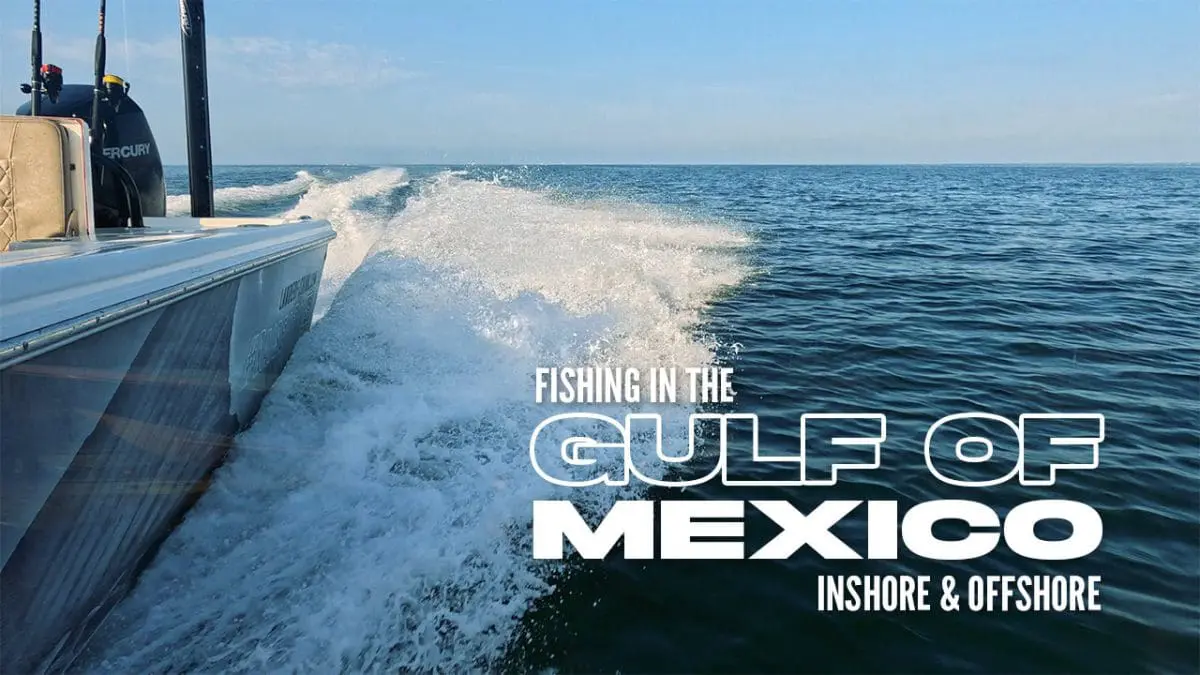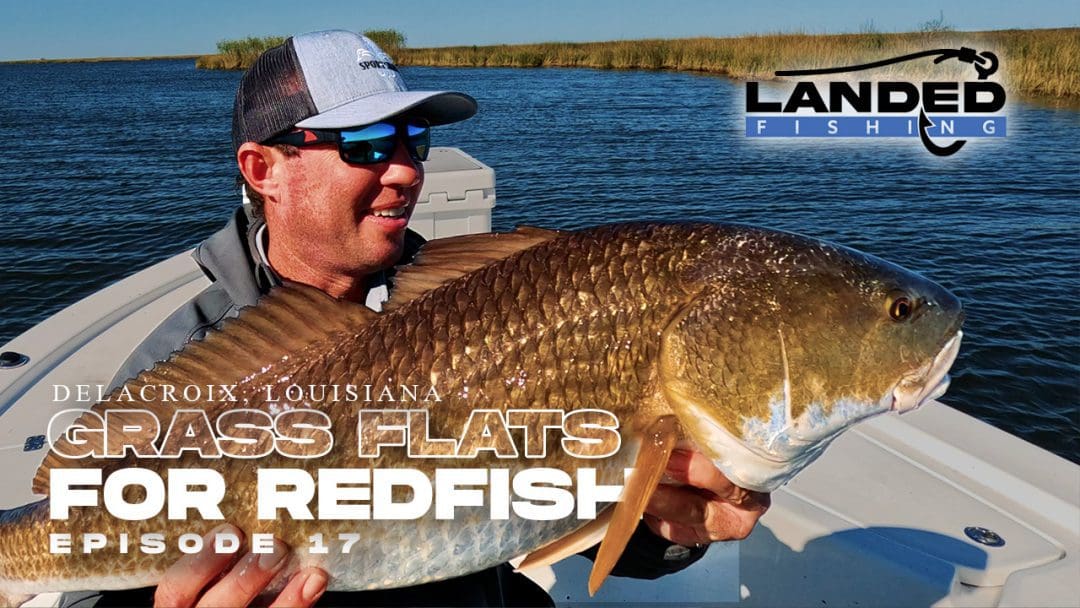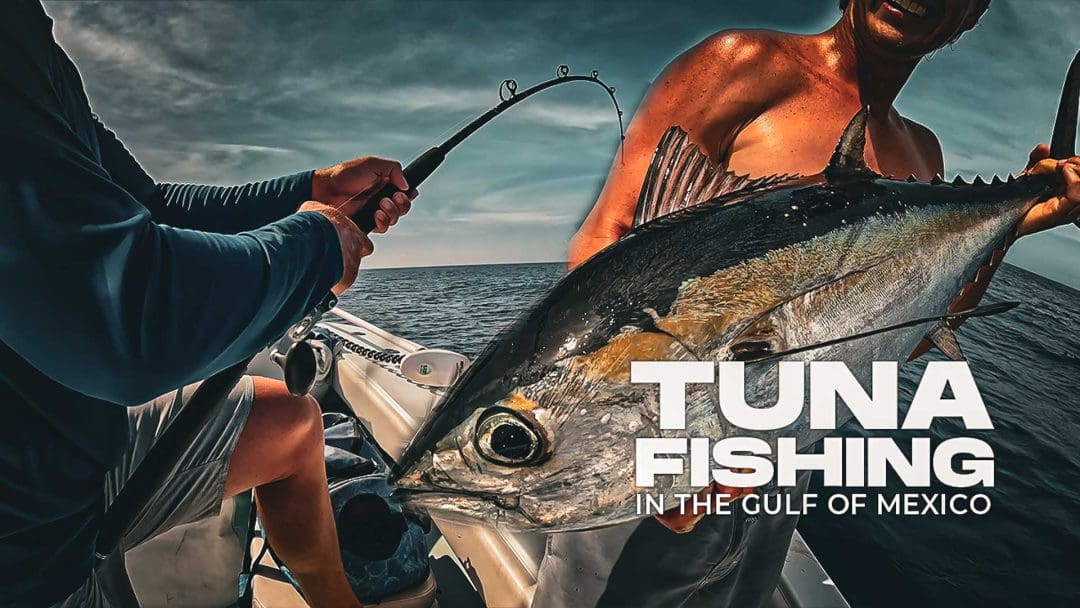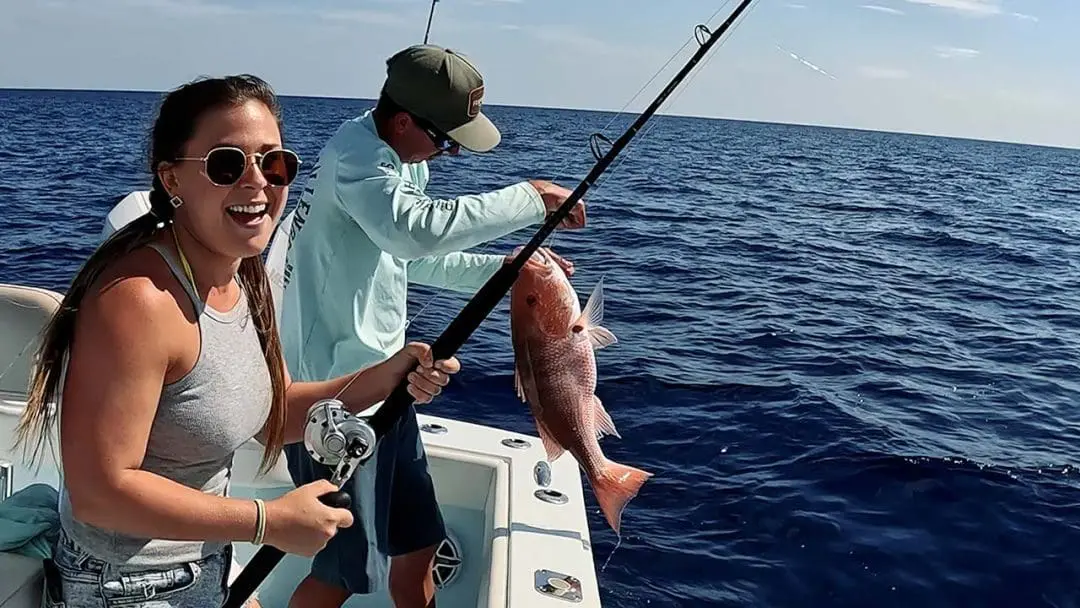Hooked Up in the Gulf of Mexico
GoM Saltwater Fishing: An In-depth Exploration
With its vast expanse and fish diversity the Gulf of Mexico has become a paradise for fishing enthusiasts from around the world.
The thrilling on-the-water adventure that is Gulf of Mexico fishing, covering key fish species, optimum fishing locations, and invaluable tips for an unbeatable fishing experience.
Saltwater Fishing in the Gulf of Mexico
The Gulf of Mexico is a vast and diverse body of water with plenty of opportunities for fishing. Anglers can cast their lines in the Gulf’s deep waters, where they may encounter species like tuna, marlin, and swordfish. In addition to offshore fishing, the Gulf of Mexico is also home to numerous inshore fishing structures and habitats, such as reefs, jetties, and marshes, which offer a chance to catch species like redfish, trout, and flounder.
The Gulf of Mexico is known for its diverse marine life and abundant fishing opportunities. From shallows and grass flats to the Deepwater, there’s something for everyone!
Before exploring offshore fishing, let’s cast our lines and explore the bays, shallows, and inlets of this vast and diverse body of water.
Common Saltwater Fish Species in the Gulf
American Red Snapper
As an iconic Gulf of Mexico species, the Red Snapper boasts a vibrant color and offers an exhilarating angling experience.
This reef-dwelling species, often located around structures like oil rigs, is a mainstay in the region due to its incredible fight and culinary value.
Tuna
The Tuna, with its powerful build and electrifying speed, offers anglers a demanding yet rewarding battle.
Found in offshore waters, these giants make an unforgettable trophy for deep-sea fishing adventures.
Tarpon
Tarpon, the “Silver King,” is renowned for its acrobatics and endurance.
Anglers flock to the Gulf’s shallow waters in pursuit of this thrilling catch, creating a spectacle that is as captivating to watch as it is to participate in.
Wahoo
The Wahoo is a highly prized gamefish, recognized for its speed and agility.
This torpedo-shaped species, found predominantly in offshore waters, offers a fast and furious fishing experience.
Shark
With numerous species like the Bull shark, Tiger shark, and the Great Hammerhead, the Gulf is a hub for shark fishing.
Each species presents its own unique challenge, ensuring thrilling encounters that will leave you awestruck.
Barracuda
Known for their aggressive behavior and powerful jaws, Barracudas are a thrilling catch.
With their sleek bodies and razor-sharp teeth, these species promise an adrenaline-filled experience for every angler.
Pompano
The Pompano, a favorite among inshore fishermen, is revered for its delectable taste.
Found in the warm coastal waters, this agile species can provide a rewarding challenge for light-tackle enthusiasts.
Cobia
Cobia, known for their strength and tenacity, are an exciting target for anglers.
Often found near floating objects and structures, these fish are recognized by their long, slim bodies and flat heads.
Grouper
Groupers are renowned bottom dwellers found around reefs and rocks.
Known for their strength and size, these species are prized for their delicious meat, offering both a culinary and sporting delight.
Mahi Mahi
Mahi Mahi, or Dolphin Fish, are a prized offshore species.
With their vivid colors and acrobatic fights, they are a favorite among sports fishermen.
Sailfish
Known for their stunning dorsal fin or ‘sail’, Sailfish are the fastest fish in the ocean.
They are prized for their speed and agility, offering a high-energy deep-sea fishing experience.
Marlin
The Marlin species, arguably the pinnacle of offshore game fishing, is highly coveted for its size and strength.
The pursuit of this magnificent species often takes anglers to the deep offshore waters of the Gulf.
The Gulf of Mexico is truly a treasure trove of diverse marine life. Each species offers a unique fishing experience, ensuring that there is always a new challenge to conquer and a new trophy to claim.
Type of Fishing in the Gulf of Mexico
Some Common Techniques for Gulf of Mexico Fishing
Bottom Fishing in the Gulf
Bottom fishing targets species that dwell near the seabed, like the Red Snapper.
This technique involves anchoring the boat and casting baited lines into the depths, demanding both patience and precision from anglers.
Trolling in the Gulf
Trolling is a dynamic method perfect for offshore fishing.
By dragging lures or baited lines behind a slow-moving boat, anglers can simulate the movement of prey, attracting predatory species like the Yellowfin Tuna.
Fly Fishing in the Gulf
Fly fishing, often used in shallow waters for Tarpon, offers a challenging yet rewarding approach.
This technique involves casting a lightweight lure, mimicking the movement of small prey on the water’s surface, enticing the fish to strike.
Saltwater Bottom Fishing Styles
Bottom fishing in saltwater is an effective and popular method for targeting species like red snapper and grouper. This technique involves presenting baited hooks near or on the seafloor, where these fish typically feed.
The success of bottom fishing largely depends on the type of rig used, as each rig has unique characteristics that make it suitable for different conditions and target species. Three common types of bottom fishing rigs are the Carolina rig, the knocker rig, and the drop shot rig.
Bottom Fishing: Carolina Rig
The Carolina Rig is known for its versatility and is particularly effective in areas with heavy cover or structure. It consists of a weight fixed above a swivel, with a leader line running from the swivel to the hook.
This setup allows the bait to float just above the bottom, minimizing snags while still presenting the bait in the strike zone. The weight of the sinker can be adjusted based on current and depth, making the Carolina rig adaptable to various saltwater environments.
Bottom Fishing: Knocker Rig
The Knocker Rig is simple yet highly effective, especially for fish that are sensitive to resistance when they pick up the bait. This rig involves sliding a weight directly onto the fishing line, which is then tied to a hook.
The weight rests right above the hook, ‘knocking’ against it. This setup allows the fish to take the bait with minimal feeling of weight or resistance. The knocker rig is particularly useful in shallower waters with less current, as it provides a more natural bait presentation.
Bottom Fishing: Dropshot Rig
Lastly, the Drop Shot Rig is unique in its configuration and is excellent for precise bait positioning.
Unlike other rigs where the weight is above the hook, the drop shot rig places the weight at the end of the line, with the hook tied to the line a few inches to a foot above the weight.
This arrangement keeps the bait suspended off the bottom, ideal for targeting fish that are feeding in mid-water or just above the seabed. The drop shot rig is especially effective in clear water where fish might be spooked by the sight of a weight.
Gulf Coast Inshore Fishing Structures and Habitats
Inshore fishing
Inshore fishing in the Gulf of Mexico is a unique experience that offers a wide range of opportunities to catch various species. The bays and estuaries of the Gulf are home to many fish species, including redfish, speckled trout, flounder, and snook.
These inshore fish can be found in the shallow waters of the Gulf, making them ideal targets for inshore anglers.
Catching Inshore Fish Species
Redfish and Speckled Trout
Redfish, also known as red drum, is a popular inshore species in the Gulf of Mexico. They can be caught year-round and are known for their hard-fighting nature. Speckled trout, on the other hand, are a more delicate species that require finesse and patience to catch. They are abundant in the Gulf of Mexico and can be found in the shallow waters of the bays and estuaries.
Watch Inshore Louisiana Fishing for Redfish Catch and Cook
Gulf Red Snapper Fishing
Red snapper is one of the most sought-after fish species in the Gulf of Mexico. Red snapper season typically runs from June to August. It’s important to check local regulations and restrictions before heading out on your fishing trip.
They are typically found near reefs and structures and can weigh up to 30 pounds. Other popular species include grouper, amberjack, mahi-mahi, and wahoo.
Catching Snook and Flounder
Flounder are another species that inshore anglers can target in the Gulf of Mexico. These bottom-dwellers are known for their delicious meat and can be found near the shoreline and inlets.
Snook, meanwhile, are a challenging species that require skill and strategy to catch. They are found in the warm waters of the Gulf of Mexico and are known for their acrobatic jumps and fast runs.
Fishing Structures and habitats
Grass flats Bays, estuaries and Inlets
If you’re looking to target shallow water species, then flats are the perfect fishing structure for you. These shallow areas of the Gulf of Mexico are home to species such as redfish, speckled trout, and flounder. Flats can be found near shorelines, islands, and inlets.
Watch Fishing Grassflats for Redfish
Fishing Gulf of Mexico’s Coastal Reefs and Oil Rigs
One of the most popular fishing structures in the Gulf of Mexico is reefs. These underwater structures provide shelter and a feeding ground for many fish species, including snapper, grouper, and amberjack. Reefs can be found at various depths, and depending on the season, different species may be more prevalent.
Fishing Gulf of Mexico’s Oil Rigs
Another popular fishing structure is oil rigs. These towering structures are abundant in the Gulf of Mexico, and they provide a unique fishing experience for anglers.
The structure of oil rigs creates a complex ecosystem that attracts a wide variety of fish species. These include tuna, mahi-mahi, wahoo, and many more.
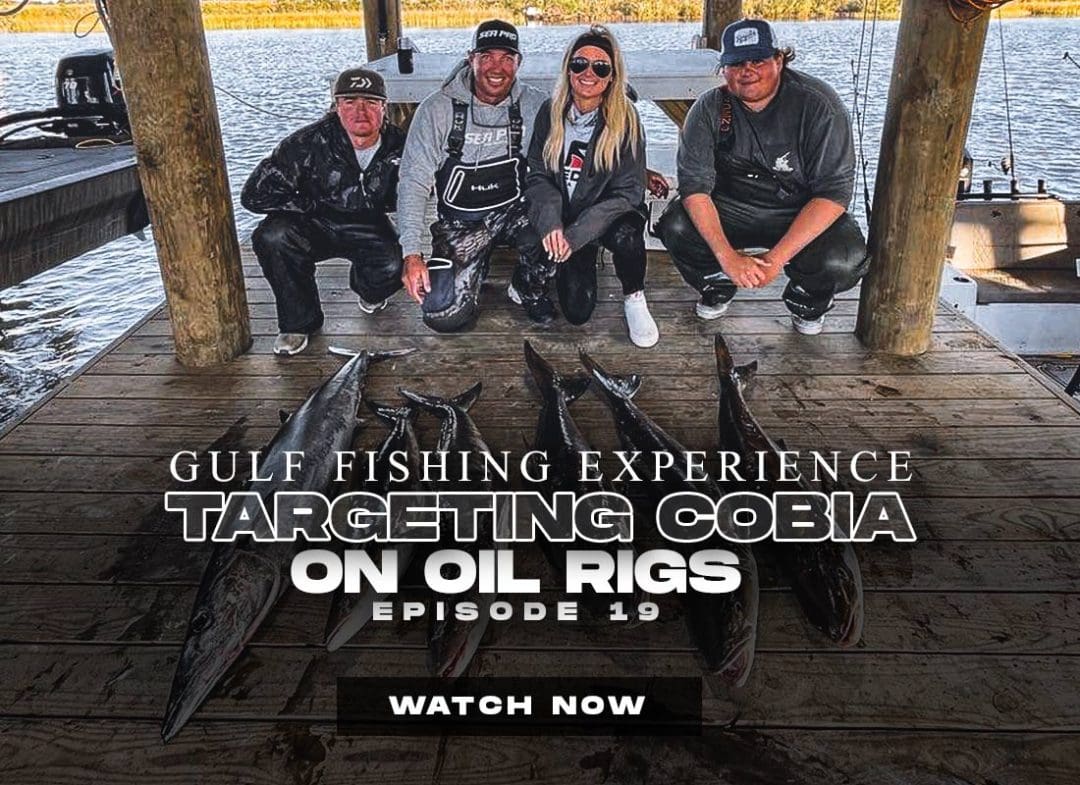
Watch Fishing Oil Rigs for Cobia in the Gulf of Mexico
Catching Blackfin & Yellowfin Tuna
Tuna, including yellowfin and blackfin tuna, are also abundant in the Gulf of Mexico. They are known for their speed and agility, and they can be caught using a variety of techniques, including trolling and chunking. Tuna can weigh over 100 pounds, and their meat is highly prized for sushi and other culinary dishes.
Pelagic Saltwater Species
“Pelagic” refers to fish that live in the open water of the ocean, away from the sea floor. These species typically inhabit the water column, not too close to the surface or the bottom.
They are known for roaming the vast, open areas of the ocean, unlike fish that stay near the coast or on the ocean bottom. Examples of pelagic fish include tuna and some sharks, which are known for their ability to travel long distances through the ocean.
Catching Fish Offshore: Pelagics
When fishing for swordfish, marlin, and tuna in the Gulf of Mexico, it’s essential to pay attention to the weather and the seasons. These species can be found in the Gulf of Mexico year-round, but their prevalence may vary depending on the season.
Anglers should also be prepared with the necessary equipment, including heavy-duty reels, rods, and lines, as well as lures and bait specific to each species.
Fishing for swordfish, marlin, and tuna in the Gulf of Mexico is an adventure that requires skill, patience, and the right equipment.
These species are highly prized by anglers and are an excellent catch for those seeking a challenge.
Offshore Fishing in the Gulf of Mexico
Offshore fishing in the Gulf of Mexico offers an exciting challenge with the opportunity to catch large, sought-after species like swordfish, marlin, and tuna. This adventure requires specialized equipment and knowledge for safety and effectiveness.
What is the Gulfstream?
The Gulfstream is a dynamic ocean current that undergoes constant fluctuations and changes in its position and strength over time.
These factors create a fertile environment that attracts a variety of predatory gamefish, including Blackfin Tuna. The Gulfstream’s nutrient-rich waters support the growth of phytoplankton and zooplankton, which in turn attract smaller bait fish.
As the bait fish congregate in these areas, larger gamefish like Tuna and other predatory fish follow suit, making the Gulfstream an ideal location for anglers seeking exciting and productive fishing opportunities. Understanding the influence of the Gulfstream can help you better identify hotspots and improve your chances of success while fishing in the Gulf of Mexico.
For more information about the Gulfstream and its variability, you can refer to resources such as the National Oceanic and Atmospheric Administration (NOAA) website (https://oceanservice.noaa.gov/facts/gulfstream.html) and scientific publications like “Variability of the Gulf Stream” (https://agupubs.onlinelibrary.wiley.com/doi/10.1029/96RG02270).
The Gulfstreams’ warm current creates an ideal habitat for Blackfin Tuna and serves as a major migratory route for their feeding patterns.
Locating & Fishing Structure in the Gulf of Mexico
Fishing around structure such as rock piles, wrecks, and artificial reefs is a popular way to catch a variety of fish species in the Gulf of Mexico. These structures provide shelter and food for fish, making them ideal places to drop a line. Try using live bait or lures to entice fish hiding in the crevices and shadows of the structure.
Dock and Piling Fishing in the Gulf of Mexico
Docks and pilings are also excellent spots to fish in the Gulf of Mexico. These structures provide cover and habitat for a variety of fish species, including snook, redfish, and tarpon.
Try casting near the edges of the dock or piling, and use live bait or lures to attract fish.
Bridge Fishing in the Gulf of Mexico
Fishing from bridges in the Gulf of Mexico can be productive, as they provide structure and cover for fish. Try fishing near the bridge pilings, as fish tend to congregate in these areas.
Live bait or lures can be used to entice fish, and using a popping cork can help attract fish to your bait.
Grass Bed Fishing in the Gulf of Mexico
Fishing around grass beds in the Gulf of Mexico for Redfish or even Scallops, Grass beds can be a great way to catch a variety of species in the Gulf.
These areas provide shelter and food for fish, and using lures that mimic small baitfish or shrimp can be effective.
Drifting Debris Fishing in the Gulf of Mexico
Drifting debris such as logs and seaweed can provide cover and food for fish in the Gulf of Mexico. These areas can be productive for catching a variety of fish species, including mahi-mahi and tuna.
Try using lures or live bait to entice fish hiding near the debris.
Reef Fishing in the Gulf of Mexico
Reefs in the Gulf of Mexico provide habitat for a variety of fish species, including snapper and grouper.
Fishing around reefs can be productive, and using live bait or jigs can be effective for catching fish hiding in the crevices and structure of the reef.
Rig Fishing in the Gulf of Mexico
Fishing around oil and gas rigs in the Gulf of Mexico can be a productive way to catch a variety of fish species, including amberjack and cobia.
These structures provide shelter and food for fish, and using live bait or jigs can be effective for catching fish hiding in the shadows of the rig.
Mangrove Fishing in the Gulf of Mexico
Mangroves in the Gulf of Mexico provide cover and habitat for a variety of fish species, including snook and redfish.
Fishing around mangroves can be productive, and using live bait or lures can be effective for catching fish hiding in the roots and branches of the trees.
Sunken Tree Fishing in the Gulf of Mexico
Sunken trees in the Gulf of Mexico provide structure and cover for fish, making them ideal places to drop a line.
Try using live bait or lures to entice fish hiding in the shadows and crevices of the sunken tree.
River and Bank/Shore Fishing in the Gulf of Mexico
Fishing along rivers and banks/shores in the Gulf of Mexico can be productive for catching a variety of fish species, including bass and catfish.
Look for areas where the water is moving or where cover is present, and use live bait or lures to attract fish.
Water Currents: Fishing in the Gulf of Mexico
Fishing around areas with strong water currents, such as the “Gulfstream” can be productive, as these areas tend to move nutrients up through the water column, concentrating both bait fish and their predatory counterparts. Look for areas where two currents meet, such as around points or jetties, and use lures or live bait to attract fish
Gulf of Mexico: Seasonality and Weather
Fishing in the Gulf of Mexico offers year-round opportunities with its warm waters attracting various fish species. However, the prevalence of certain species varies with the seasons. Additionally, anglers should consider the weather, especially during the hurricane season from June to November.
The Gulf provides diverse fishing experiences, from shallow water species in the flats to deep-water trophy catches. Regardless of the season or weather, it’s a great adventure for all skill levels, so gear up and enjoy fishing in the Gulf of Mexico. Keep in mind that inshore fishing conditions can change with the seasons.
Timing Is Key: When to Fish in the Gulf
Different species in the Gulf of Mexico have peak seasons. For instance, Red Snapper season typically opens in June, while fall months like September and October are ideal for Yellowfin Tuna. Tarpon fishing is best from May through July, coinciding with their migration patterns.
Prime Locations for Gulf of Mexico Fishing
From the rich waters of Texas’s Port Aransas to the angler’s haven that is Florida’s Destin, the Gulf of Mexico is teeming with prime fishing locations. Each site offers unique advantages, be it the variety of species, the richness of marine life, or the quality of fishing charters.
During the summer months, the water temperature can rise, causing some species to move to deeper waters. However, fall and winter can be some of the best times to fish in the Gulf of Mexico, as the water cools down, and some fish species become more active.
Weather is also a critical factor to consider when planning an inshore fishing trip. The Gulf of Mexico is known for its unpredictable weather patterns, and storms can form quickly. It’s essential to keep an eye on the weather forecast and to make sure your boat is equipped with the necessary safety gear.
Be Mindful of Seasonality, Fishing Regulations and Weather
Inshore fishing in the Gulf of Mexico is an excellent adventure for anglers who want to target a variety of species. Whether you’re fishing in the bays, shallows, or inlets, there’s always something new and exciting to catch.
The Gulf of Mexico fishing experience is an unrivaled blend of challenge, excitement, and reward. Whether you’re an experienced angler or a novice eager to cast your first line, the Gulf’s vast marine diversity and stunning locales promise an unforgettable journey.
Explore More from the Gulf
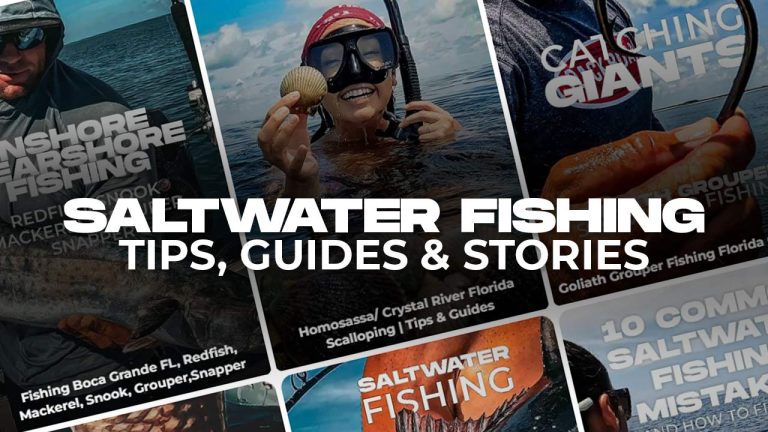
Saltwater Fishing Stories, Tips and Guides Dive into the Thrilling World of Saltwater Fishing! Our collection of AMP web…
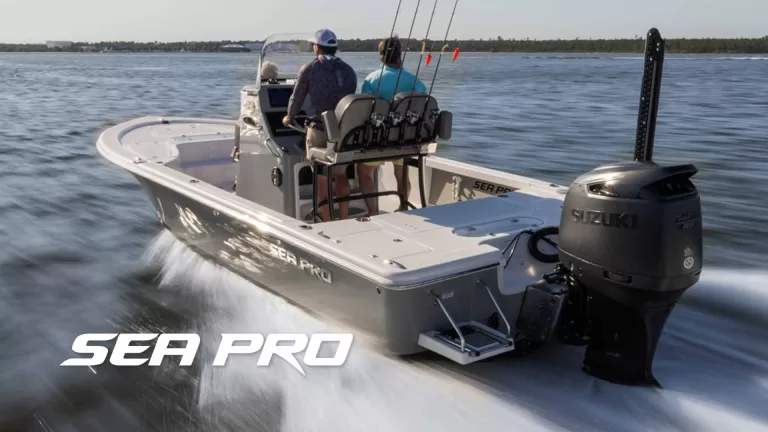
Boats for Anglers Are you an angler seeking the perfect blend of performance, durability, and angling-specific features? Look no…

PPF Screen Protectors and Surface Protection Films When you're out on the water, the last thing you want is…

